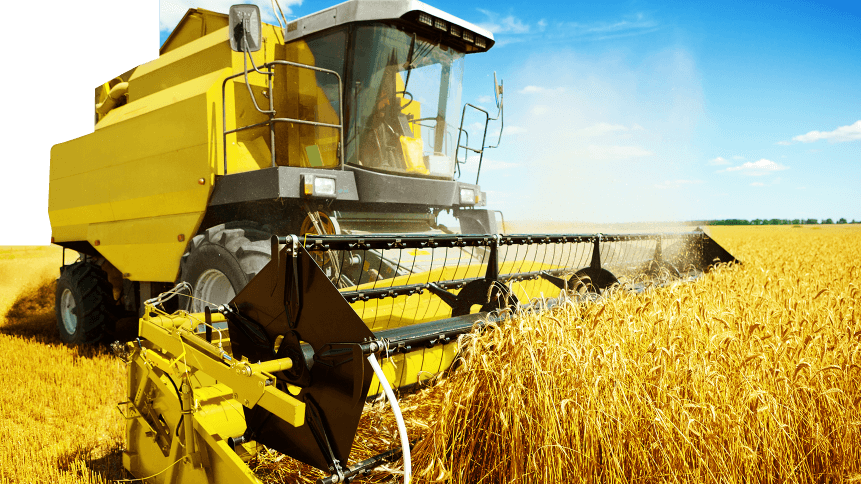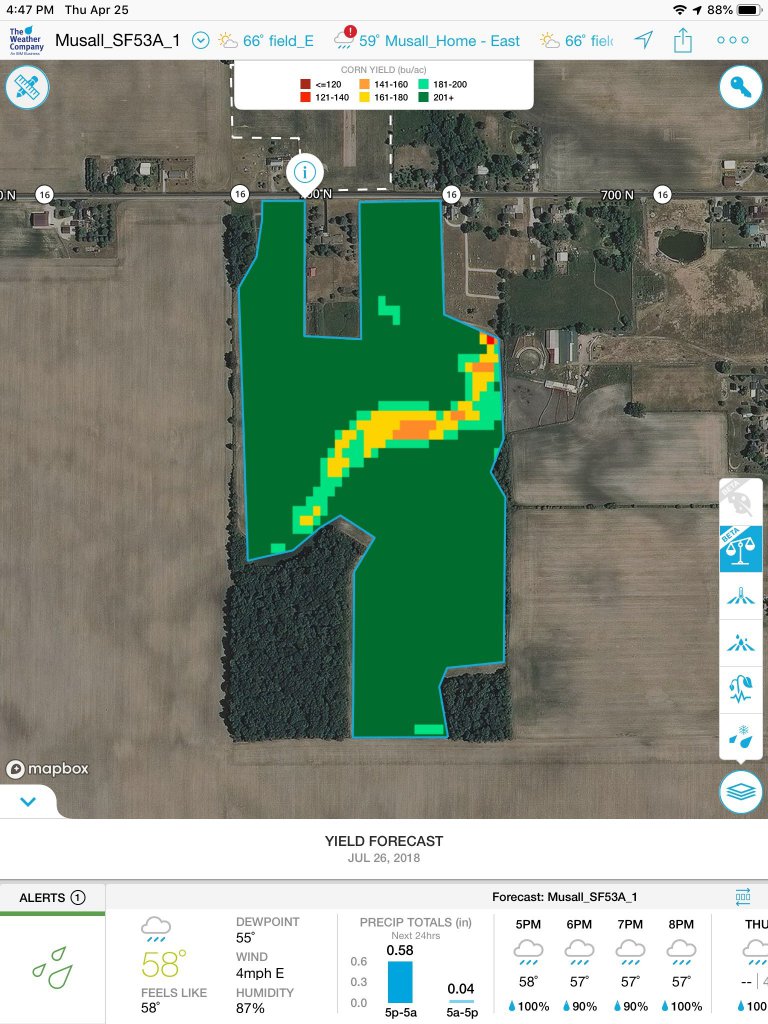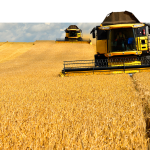IBM is acting on an agricultural data mass

Like any industry today, emerging technology is nothing new to the agriculture industry.
Increasingly unpredictable climates, razor-thin profit margins, shortage of arable land, and rising global food demand is pushing farmers around the world to explore and invest in technology with the goal of optimizing crop yields.
Farms of today now employ drones to fly over fields, smart irrigation systems, robotics, and IoT (Internet of Things) sensors attached to equipment. The result is a mass of valuable information which can fall to the wayside in the heat of operation.
“These days farmers don’t just farm food, they also cultivate data […]”, says Kristen Lauria, General Manager of IBM’s Watson Media and Weather Solutions. “Most of the time, this data is left on the vine— never analyzed or used to derive insights.”
IBM wants to change that with its Watson Decision Platform for Agriculture, a predictive analytics engine which will combine artificial intelligence (AI), weather data and IoT sensor data to assist farmers in planning, plowing, planting, spraying and harvesting crops.

The Operations Dashboard within IBM Decision Platform for Agriculture, showing a yield forecast. Source: IBM
Weather data now plays a crucial role in farmers’ decision-making. The new platform will process historical, current and forecast data from The Weather Company— an IBM subsidiary— to design crop models and improve yield forecast accuracy.
“As a farmer, the wild card is always weather. IBM overlays weather details with my own data and historical information to help me apply, verify, and make decisions,” said Roric Paulman, owner and operator of Paulman Farms in Southwest Nebraska.
“For example, our farm is in a highly restricted water basin, so the ability to better anticipate rain not only saves me money but also helps me save precious natural resources.”
Current crop models available on the platform include corn, wheat, soy, cotton, sorghum, barley, sugar cane, and potato, with more to be added soon. These models will be available in US, Canada, Mexico, and Brazil, as well as new markets across Europe, Africa, and Australia.
The average farm now generates 500,000 data points per day, according to BI Intelligence, which will grow to 4 million by 2036. Aggregating and distributing as much of this data as possible could allow growers to share what’s working on certain farms, helping enterprises to optimize their yield.
YOU MIGHT LIKE

Agriculture 4.0 and the future of food
As well as predicting output, the platform will also enable users to track the plant biologic conditions that go into a good or bad yield, such as irrigation management and pest and disease risk analysis, which can be compared with similar subsets of fields.
IBM hopes that the technology will allow food companies, grain processors and distributors to work with farmers to leverage insights.
A livestock company, for example, could trace and eliminate mold or fungus from feed supply grains; a fast food firm could identify farms producing longer, not fatter, potatoes for the ‘perfect French fry’; or farmer could share best irrigation practices for drought-stricken areas like California. But this approach isn’t limited to agriculture. The insights that can be revealed by rich and granular datasets provided by endless data points can hand industries a new perspective on operations.
Whether a retailer, energy firm, airline, manufacturer or otherwise, insights can be gleaned, actioned and shared to streamline efficiency, reduce costs and lessen environmental impact.









